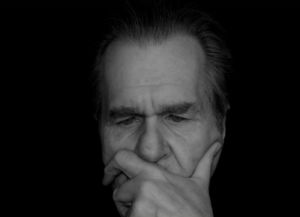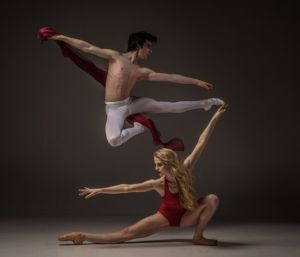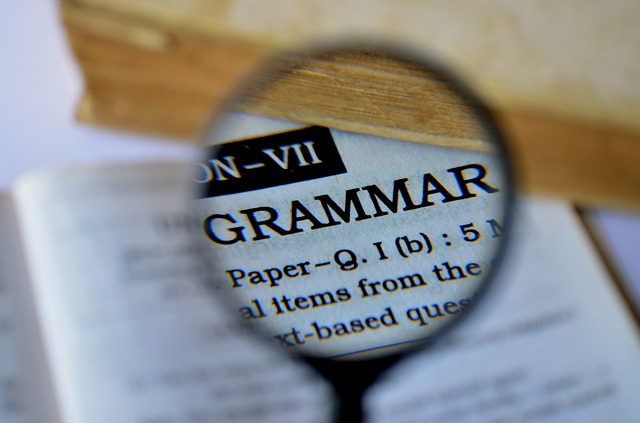Both of these talk about the present but they are not interchangeable, so what’s the difference?

Present simple
We use present simple to describe the general situation; things that are true for a long time or permanent:
I am British.
I speak English.
I like vegan food.
We use present simple to describe routines and habits:

They dance every Saturday.
We eat Chinese food every Friday.
She has English class every other day (for example Monday, Wednesday, Friday, Sunday etc)
also to describe states:
I know how to speak Arabic.
They know me.
We always remember the history of this country.
Present continuous
We use present continuous to describe things that are temporary and happening around now:
I am learning English.
They are working on a project.
We are doing research on a vaccine.

We use present continuous to describe things that are happening now, at this moment:
I am drinking a coffee.
They are trying to work out a solution as we speak.
We are listening to some awesome music.
Also for things which are changing over time:
The climate is becoming warmer.
The housing market is growing in this area.
Children are growing up quicker these days.
State verbs v Active verbs
State verbs are verbs that describe states and not actions.
They are not normally used in the continuous.
We all know about the way companies can avoid paying tax. (..not ‘knowing’)
They are open to suggestions.(.. not opening)
Does this belong to you? (not, ‘belonging to you’)
Active or event verbs are verbs that describe actions and can be used in the continuous form:
If they keep breaking things, people won’t trust them to look after things anymore.
We are looking into ways to give more classes.
You are eating a lot of pizza these days.

Many verbs can function as both event verbs and state verbs
The difference is the context in which we use the verb.
I smell food before I eat it. (active)
The flowers smell amazing. (state)
He has amazing hair. (state) – a quality, state or characteristic
We have to go out. (active)

